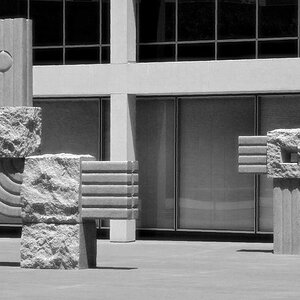georgeisabamf
TPF Noob!
- Joined
- Oct 27, 2013
- Messages
- 28
- Reaction score
- 3
- Location
- United States
- Can others edit my Photos
- Photos OK to edit
So I know I'm not the first person to do this seeing as how I got the idea from an online article, but I decided to give it a try and see what happened. I used a roll of Lomography Color Negative 400 film, which already is known for having obscure colors/quality. I ran it through a dishwasher, and then used a couple methods to ensure the film was dry entirely before loading it into my camera and snapping away. All of these photos were shot using a Holga 135 toy camera.
Anyhow, here are some of my results from the roll I just got developed:











As you can see this gave it a really weird/dreamy effect. Some of the shots were so messed up that all you could see were blobs of colors. Overall this was fun and I'd enjoy doing it again. I want to find other methods that will give film different effects and would like to experiment with "ruining" film so to speak. Has anyone tried doing something such as this themselves?
Anyhow, here are some of my results from the roll I just got developed:











As you can see this gave it a really weird/dreamy effect. Some of the shots were so messed up that all you could see were blobs of colors. Overall this was fun and I'd enjoy doing it again. I want to find other methods that will give film different effects and would like to experiment with "ruining" film so to speak. Has anyone tried doing something such as this themselves?


 But then, I've seen terrific results from artists who "kill the babies" by carefully slashing certain parts of their negatives before making enlargements, and they can yield very graphically beautiful images.
But then, I've seen terrific results from artists who "kill the babies" by carefully slashing certain parts of their negatives before making enlargements, and they can yield very graphically beautiful images. 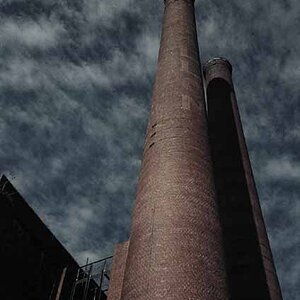
![[No title]](/data/xfmg/thumbnail/42/42459-a7a996b715ff4999d07738140fdd0fe3.jpg?1619740191)
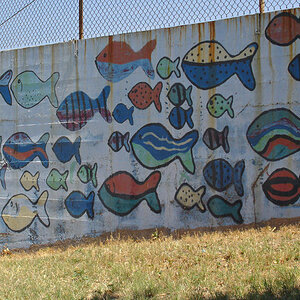
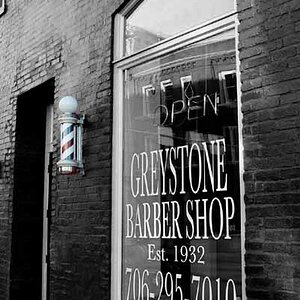

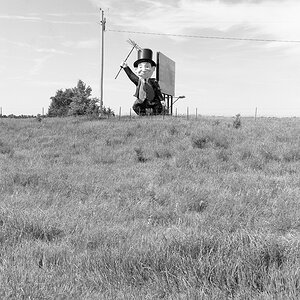
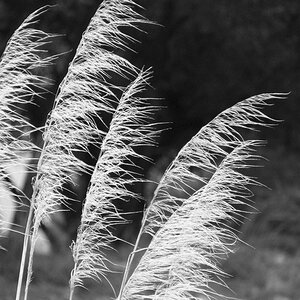
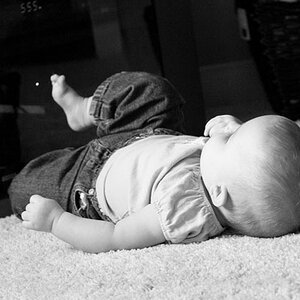
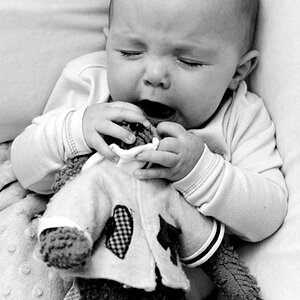

![[No title]](/data/xfmg/thumbnail/30/30863-8c53522e4ed851e96cb7411e74b9fe59.jpg?1619734482)
